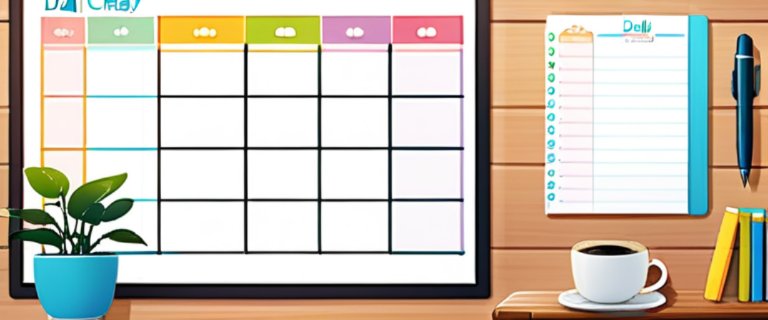Create The Best Daily Schedule For Efficient Pet Training
Training your pet is one of the most rewarding experiences you can share with your furry friend. However, without a proper schedule, it can quickly become overwhelming for both of you. At Pet Training, we believe that a well-structured daily routine is the key to effective and stress-free pet training. Here’s how you can create the best daily schedule for your pet.

Why a Daily Schedule Matters
Pets thrive on routine. Just like humans, they feel more secure and confident when they know what to expect. A consistent schedule helps reinforce good behavior, reduces anxiety, and makes training sessions more productive. Whether you have a playful puppy or a mature dog, a balanced routine will ensure they get the physical exercise, mental stimulation, and rest they need.
Morning: Start the Day Right
Begin your pet’s day with a short walk or play session to burn off energy. This is also the perfect time for a quick training session, as your pet is alert and eager to learn. Focus on basic commands like ‘sit,’ ‘stay,’ or ‘come.’ Keep sessions short (5-10 minutes) to maintain their attention.

Midday: Mental and Physical Stimulation
If you’re home during the day, incorporate a midday play or training session. Puzzle toys or hide-and-seek games are great for mental stimulation. If you’re away, consider leaving interactive toys to keep your pet engaged. Remember, a bored pet is more likely to develop bad habits.
Evening: Wind Down with Consistency
Evenings are ideal for reinforcing training and bonding. Use this time to practice commands or introduce new tricks. End the day with a calming activity, like gentle petting or a quiet walk, to help your pet unwind.

Rest: Don’t Forget Downtime
Just like humans, pets need quality rest to process what they’ve learned. Ensure your pet has a comfortable, quiet space to sleep. Avoid overtraining—short, frequent sessions are more effective than long, exhausting ones.
Sample Daily Schedule
Here’s a sample schedule to get you started:
- 7:00 AM – Morning walk and training session
- 12:00 PM – Midday play or puzzle time
- 5:00 PM – Evening training and bonding
- 8:00 PM – Calm downtime

Final Thoughts
Creating the best daily schedule for pet training doesn’t have to be complicated. The key is consistency, patience, and adapting to your pet’s unique needs. At Pet Training, we’re here to support you every step of the way. Visit pet-training.net for more expert tips and resources.
Core Keywords: best daily schedule for pet training, optimal daily routines, effective pet training, pet training schedule, efficient pet training
